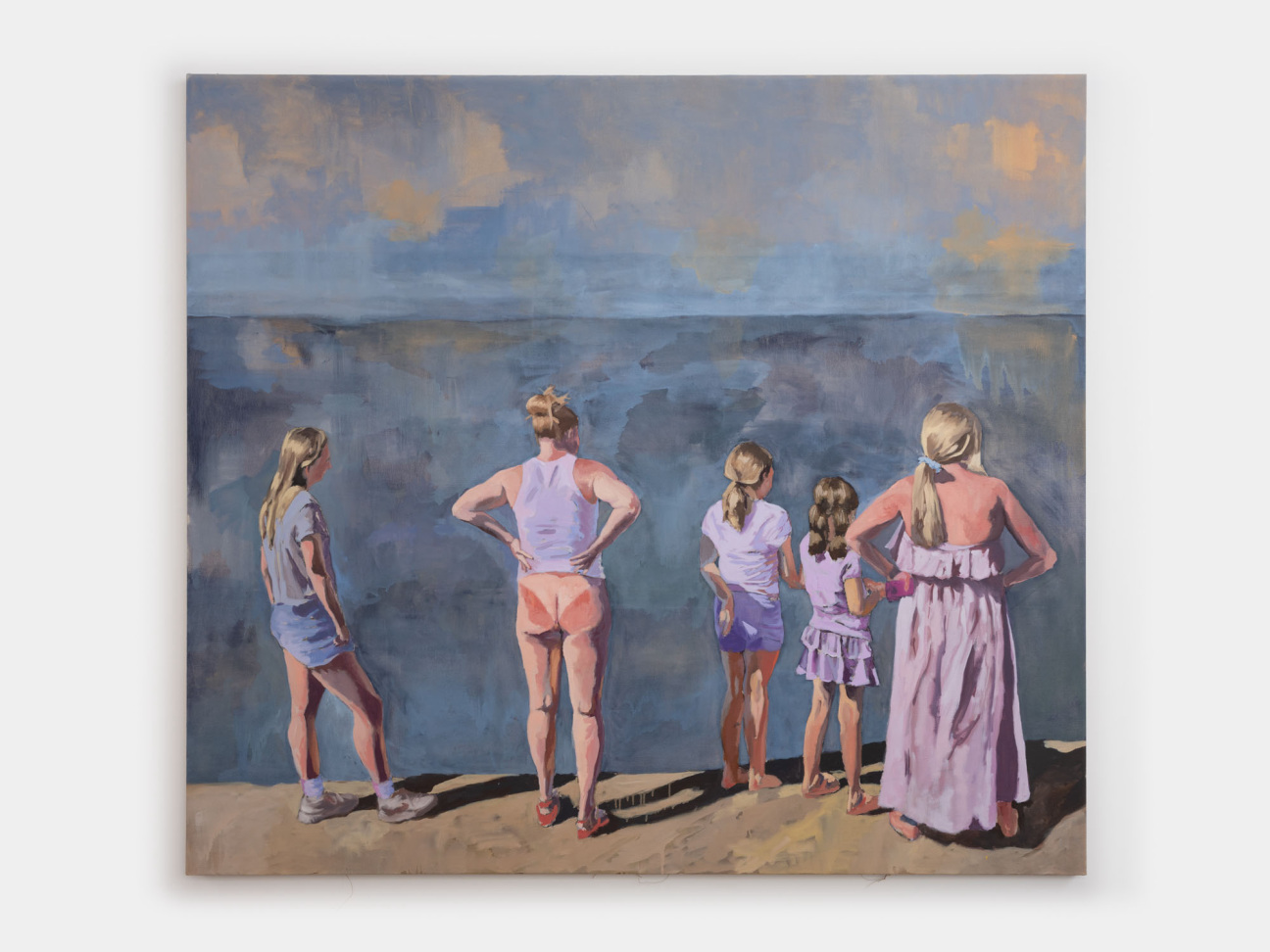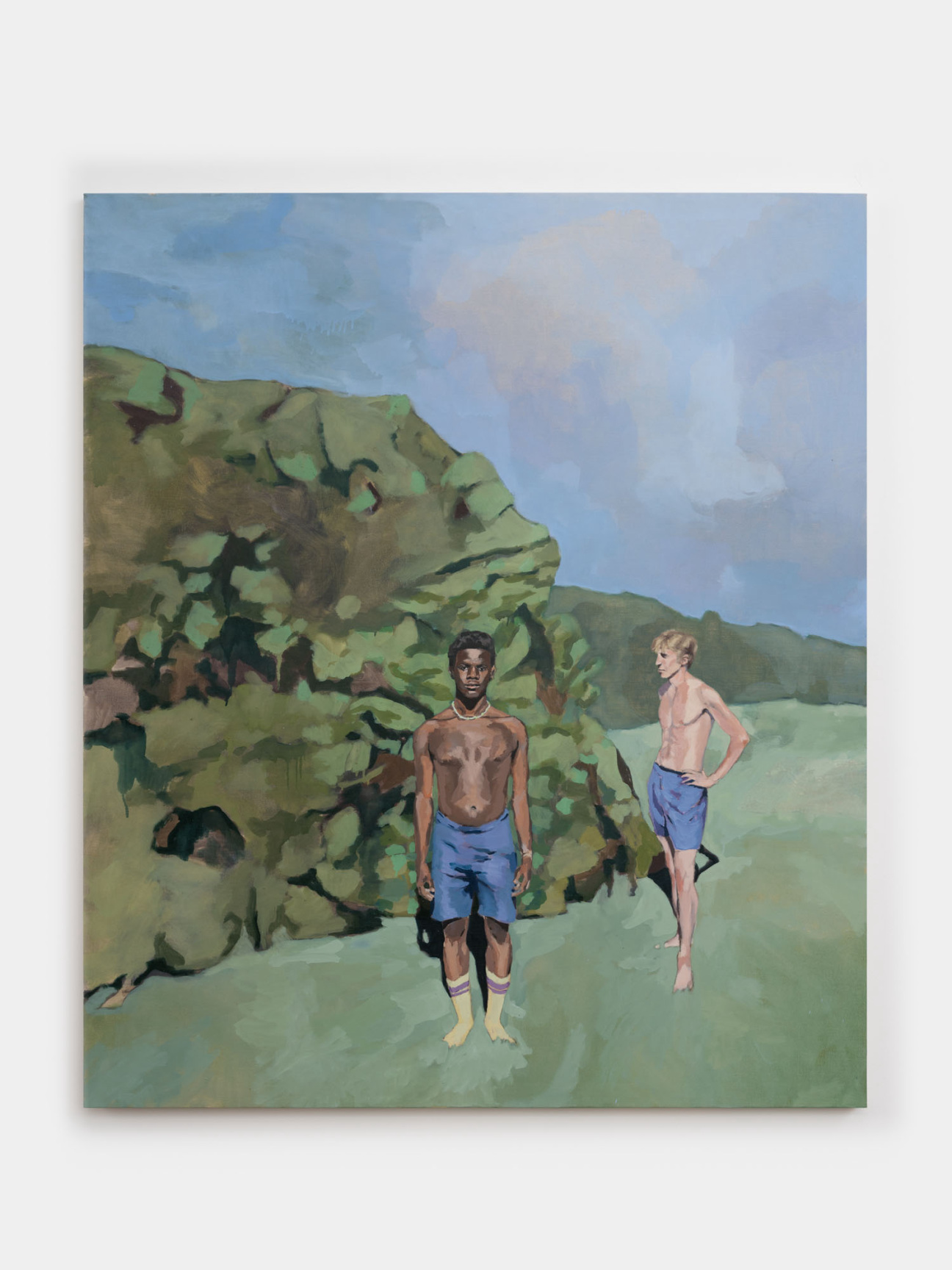
AGE: 26
BASED IN: New York
At 26, Emil Sands observes a stricter schedule than many type As twice his age. Each day, he wakes up at 6 a.m. and reads for half an hour before settling in to write until 11:30 a.m. Then, he exercises and eats lunch before heading to his painting studio to work for the second half of the day. At 8 p.m. he goes home, eats dinner, does a crossword puzzle, and falls asleep.
“I’m a very ambitious person,” Sands reasons. He has to be: Scribner has contracted him to write a memoir about his experience growing up with cerebral palsy, and he’s simultaneously finishing a new body of work for an exhibition opening at Kasmin Gallery in January.

Art and writing are, for Sands, intimately connected. As his disability began to define his life—in ways he deeply resented—the artist developed a fascination with bodies, beauty, and the aesthetics of normality. He studied painting for a year at Central Saint Martins before leaving art school in favour of reading classics at Cambridge, and then a master’s degree in ancient art. All of these experiences are interwoven in his paintings and his book.
“It’s kind of an extension of my personal story,” he says. The memoir explores his interest in “the idea of success and normality being really closely tied together, and a world that I was left out of. Then it’s punctuated with different looks at classical sculpture, the idea of the body beautiful, the idea of masculinity, marbles and muscle, all wrapped up into one.”

Sands's formal art practice didn’t really begin until he moved to the U.S. from the U.K. three years ago on a postgrad fellowship at Yale, is now at work on paintings that consider bodies in space. With these figures, it’s “all about the curves, the way the hand hits your hip, the way that lifts up a bit of skin,” he says, “and what the light does to the shadows and the curves.”










 in your life?
in your life?

